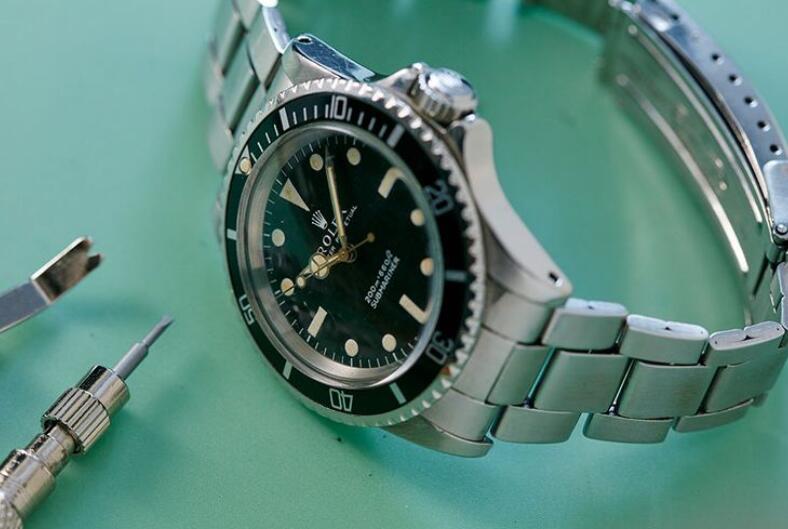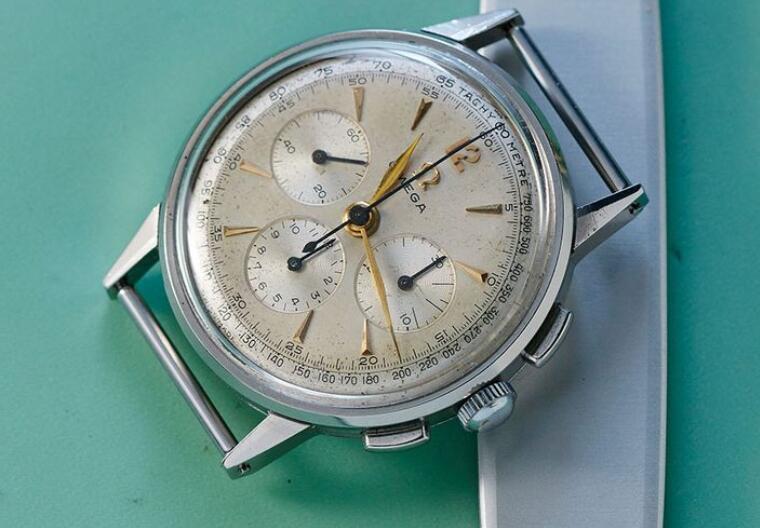Interest in vintage timepieces has reached an all-time high. Some people become enamored by the luxury US replica watches’ stories; others seek the unique look and feel of a watch that has aged naturally over many decades. But with this enthusiasm come new questions about how to care for and what to expect from these miniature machines. These are some of their most commonly voiced questions and concerns, as well as some of the most persistent myths about vintage that need to be dispelled once and for all.
Myth #1: You Need a Watch Winder
Watch winders have become a popular trend among owners of Swiss made fake watches with self-winding or automatic movements, the idea being that you should keep the watch moving, whereby keeping the mainspring fully wound. But the truth is that winders aren’t good for your vintage watch. Not only does the constant winding put undue wear on the winding system of the watch, it also burns through lubrication faster – think of it as leaving your vintage Porsche idling in your garage.
Instead, store the watch and allow the mainspring to unwind. When you come back to put it on, simply set the time (and date, if applicable) and give the crown about 15-20 clockwise turns. Almost every watch, regardless of the movement, is designed to take a manual wind. Winding the 1:1 top replica watches in this way will put a small charge into the mainspring, ‘priming’ the movement and making it easier for the automatic winding system to take over. Once it’s ticking, the watch will do the rest.

Myth #2: Your Vintage Watch Is Still Water Resistant
Many enthusiasts don’t think twice about exposing their vintage pieces to water. But the truth is that while many vintage best replica watches were designed with water activities in mind, gasket failures can happen at any time — even on brand new 1:1 top fake watches. But where water-damaged parts such as a dial and handset can easily be replaced on a modern watch, replacing these elements on a vintage piece can be very hard, if not impossible. It’s also important to remember that gaskets are great at keeping out water droplets but struggle with keeping out water vapor.
Walking from an air-conditioned office into the sweltering heat exposes the watch to changes in pressure and temperature, making it easier for water molecules to sneak in, leading to some fog under the crystal. Don’t panic; let the watch acclimate and the vapor should dissipate. If your watch was produced before 1965, think twice about wearing it on a rainy day as many high quality replica watches from this era — especially chronographs with snap case backs and rectangular pushers — don’t have gaskets at all. If you find yourself in a freak downpour, slide your watch into your pocket or briefcase.

Myth #3: Send a Watch Back to the Brand for Service
Many owners of vintage pieces from blue-chip brands such as cheap replica Rolex watches and Omega fake watches online think that sending their piece to the original manufacture is the best way to ensure proper servicing. While the manufactures are certainly capable of this work, they have a high standard for perfection – a patinated dial is usually seen as “worn” and will often be replaced, along with crowns, bezels, hands and crystals. Manufactures are also known to polish cases that have scratches or wear marks. For collectors of vintage replica watches for men and women, it is these features that makes copy watches with Swiss movements desirable and valuable, meaning that a service by the watch’s manufacture can actually devalue the timepiece. To avoid this, work with a trusted service center that is familiar with working on vintage fake watches for sale.
Myth #4: You Can Easily Tell If a Watch Is “Original”
The watch market has exploded recently with scads of “gentleman dealers” offering all sorts of vintage hardware. The latest trend to arise is the liberal use of the word “original.” In my experience, there are two ways to know if the parts (crystal, dial, hands, crown) of a vintage watch are original: either you are the original owner and the AAA perfect fake watches has never been serviced, or you have a time machine.
As single-owner pieces are increasingly rare in the vintage space, it stands to reason that no one — not even the experts — knows if the parts currently on a watch were on it when it left the factory. A trained eye can tell if parts are “genuine,” i.e., from the manufacture, and “correct” to the watch, but claims of originality should be examined closely. While originality can be ascertained and often commands a premium in collector circles, a watch that has genuine, correct parts is no less sound.
Myth #5: Vintage Replica watches Keep Time Like Modern Ones
So your vintage timepiece is not keeping pace with your iPhone? There’s a simple answer for that — no mechanical watch will ever, regardless of the maker or price tag, be as accurate as a digital clock. Mechanical fake watches wholesale store, by their very nature, are as accurate as their design allows them to be. Some manufactures have focused on producing highly accurate movements while others prize robustness and reliability. These variances in production, coupled with age and use, can result in each watch having its own unique timekeeping tolerance.
As a rule of thumb, you should expect your vintage timepiece to be accurate to a minute or two a day, whereas older best quality replica watches and those with simpler, less-accurate movements may operate three to five minutes fast or slow. In fact, many movements from the ’50s, ’60s and ’70s, especially those found in tool and military luxury super clone watches, were designed with relaxed timekeeping standards and couldn’t possibly be more accurate. This isn’t to say you should ignore poor performance in your vintage watch, but that you should know what to expect in the first place.
